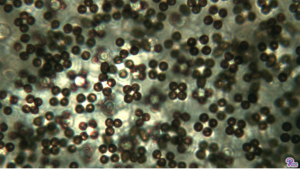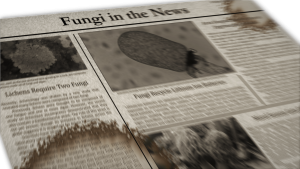#085: Schizophyllum commune, The Mushroom with Over 28,000 Sexes
If you think dating is complicated in the human world, be glad you’re not Schizophyllum commune. Humans have two basic biological sexes and six or more gender identities to deal with, but S. commune has to choose from over 28,000 different sexes! This overly complex system is based on genetics and the weird way fungi reproduce. But this isn’t just a weird example, it’s also one of the most common mushrooms in the world. You can probably find the mushroom out now, and identify it easily. The little white mushroom is easily distinguished by its small gills, which appear to be split lengthwise. This unique feature has led to its common name, the “Split Gill” or sometimes “Common Split Gill.”

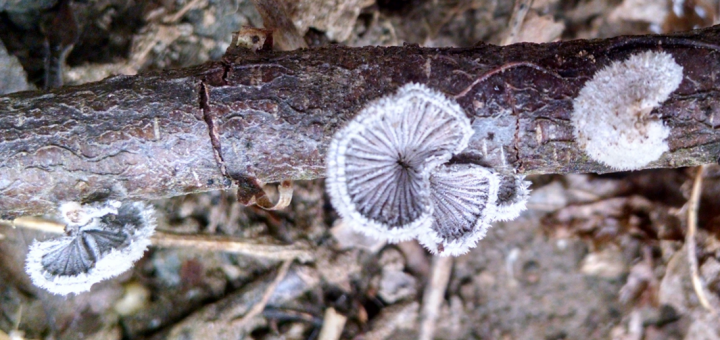
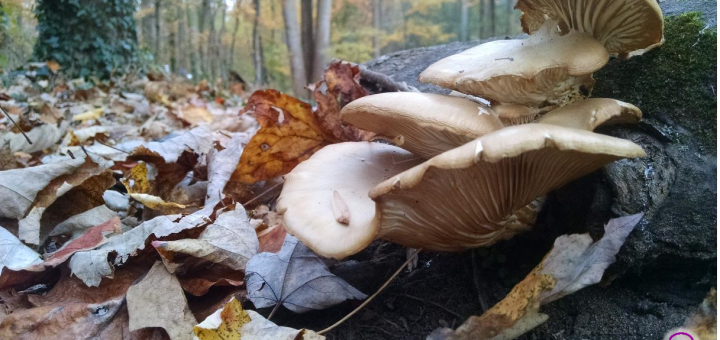
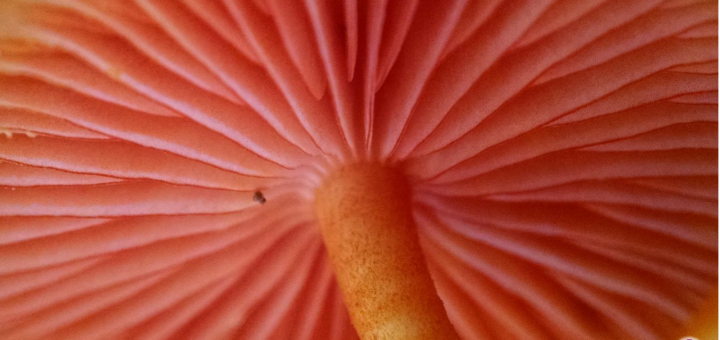
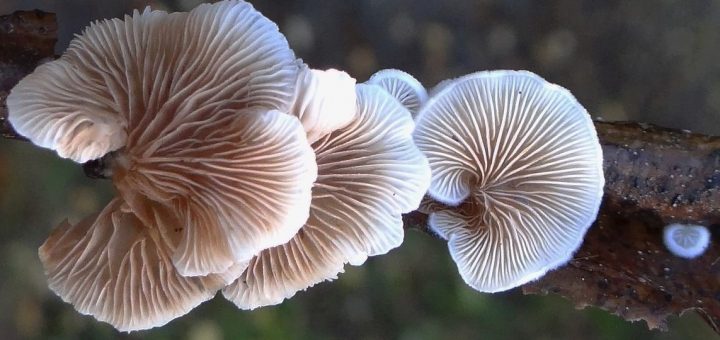






![#011: Characteristics of Kingdom Fungi [Archived]](https://www.fungusfactfriday.com/wp-content/themes/hueman/assets/front/img/thumb-small-empty.png)

